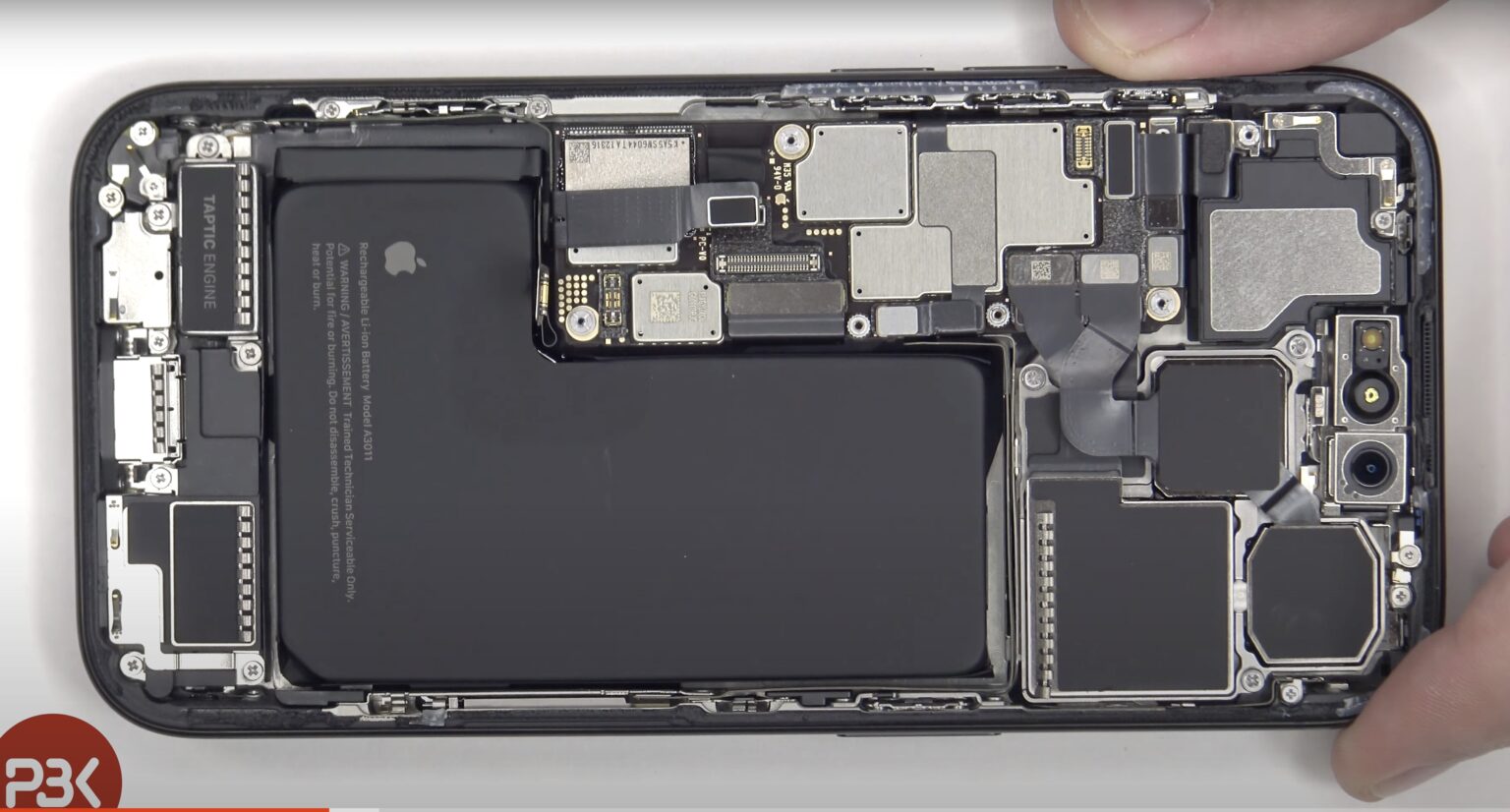[ad_1]
Customers and independent repair services can include used Apple parts in repairs for the first time beginning in fall 2024 with select iPhones, the company said Thursday.
This-coming fall is when a new parts calibration process will launch. And it includes an Activation Lock to prevent use of parts from lost or stolen devices.
Apple will launch process allowing used parts in self-repairs
Apple said the new process launches in fall 2024 and will work initially with select iPhone models. Self repair with genuine used parts will increase product longevity and minimize environmental impact while maining user privacy and security, the company added.
This development follows years of complaints from “right to repair” advocates and pressure from the government over Apple’s slow acceptance of DIY repairs.
Apple said the new process ensures used genuine Apple parts — just like new ones — get full functionality and security from the original factory calibration.
“At Apple, we’re always looking for new ways to deliver the best possible experience for our customers while reducing the impact we have on the planet, and a key part of that means designing products that last,” said John Ternus, Apple’s senior vice president of Hardware Engineering.
“For the last two years, teams across Apple have been innovating on product design and manufacturing to support repairs with used Apple parts that won’t compromise users’ safety, security or privacy. With this latest expansion to our repair program, we’re excited to be adding even more choice and convenience for our customers, while helping to extend the life of our products and their parts.”
The importance of ‘pairing’ used parts in Apple repairs

Photo: PBK Reviews
Apple cited “pairing” to confirm a part is genuine as crucial to the new process to keep iPhone private, secure and safe to use. And for many repairs, no device serial number will be needed:
Apple teams … enable the reuse of parts such as biometric sensors used for Face ID or Touch ID. And beginning this fall, calibration for genuine Apple parts, new or used, will happen on device after the part is installed. In addition, future iPhone releases will have support for used biometric sensors.
And in order to simplify the repair process, customers and service providers will no longer need to provide a device’s serial number when ordering parts from the Self Service Repair Store for repairs not involving replacement of the logic board.
Activation Lock comes into play
Apple existing Activation Lock feature, designed to block iPhone activation when a device is stolen, comes into play here, too. It will help keep stolen iPhones from being disassembled for parts.
“If a device under repair detects that a supported part was obtained from another device with Activation Lock or Lost Mode enabled, calibration capabilities for that part will be restricted,” Apple said.
Tracking parts in service history
Apple said it wants subsequent owners of devices to have access to histories listing parts and repairs, so it’s expanding the feature:
With Parts and Service history, located within Settings on iOS, Apple is the only smartphone company that transparently shows owners whether their device has been repaired and provides information about the parts used. This fall, Apple will expand Parts and Service History to additionally show whether a part is a new or used genuine Apple part.
Apple noted it recently “nearly doubled the number of service locations with access to genuine Apple parts, tools and training to more than 10,000 Independent Repair Providers and Apple Authorized Service Providers.”
And Self Service Repair “gives access to the manuals, genuine Apple parts and tools used at Apple Store and Apple Authorized Service Provider locations. Launched in 2022, Self Service Repair now supports 40 Apple products in 33 countries and regions, and 24 languages.”
Source: Apple
[ad_2]
Source Article Link

